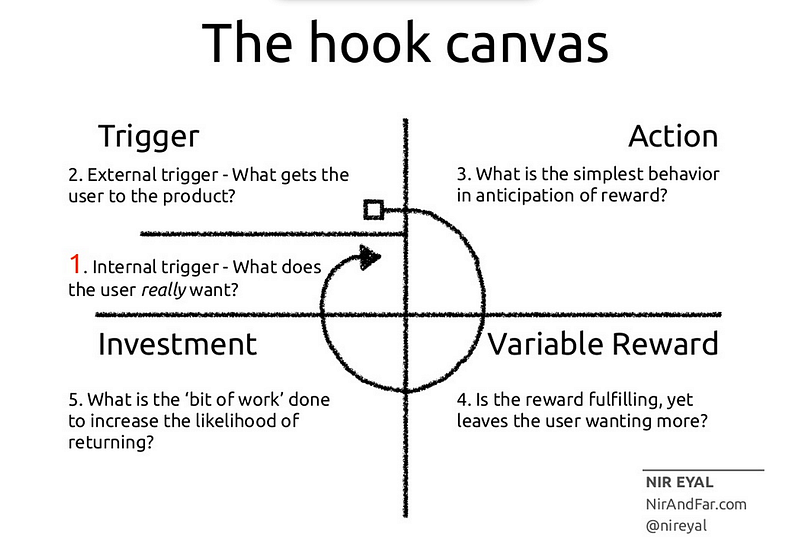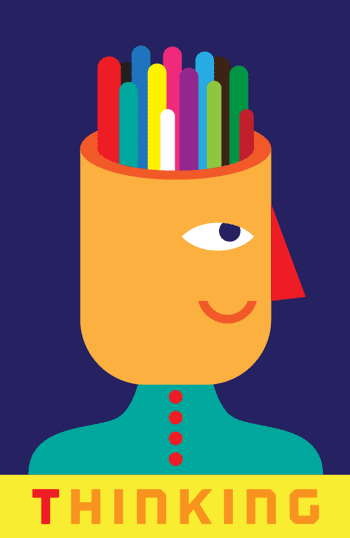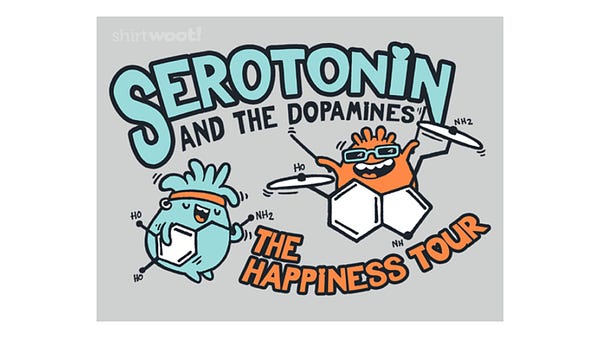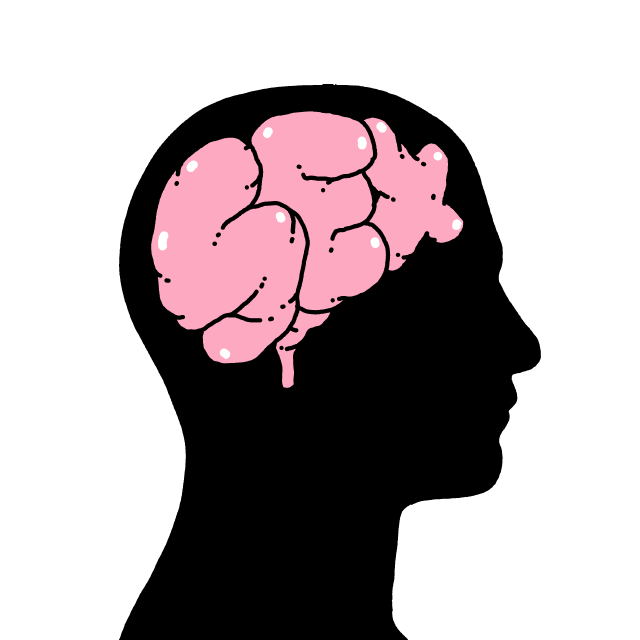
“If technology is a drug, then what, precisely, are the side effects?” — Charlie Brooker
In the Netflix series of Charlie Brooker’s phenomenal ‘Black Mirror’, a young girl is microchipped with a tracking device from a young age. This tracking device has the ability to visually track events and filter traumatic events from the mind of the girl.
As a result, when she sees a traumatic event (as adjudged by her physical and mental feedback) a filter is applied to her hearing and her vision . This filter is so effective she cannot tell what is happening when her grandfather suffers a heart attack, so she does not help, because she does not know there is a problem.
Years later and she is still being tracked. Many life lessons are filtered until she confronts her Mother, she agrees to turn off the tracking device.
When her school friends discover she can roam freely, they show her on the Internet acts of extreme violence, such as beheadings. They also show her hardcore pornography. This hardcore pornography becomes her sexual education and when she is first intimate with a partner, she uses the language and mannerisms she learns from pornography. No surprise there, you might think.
We live in an age of abundant information. We can find anything we want quite quickly in a digital world.
There has been much controversy over social media and the negative impact it can have on society, from mental health issues to problems with self-esteem.
This Thursday Thought is not a condemnation, but aims to simply bring something that slips under the radar to our attention. It explores how habits are formed, how social media impacts our brains and shines a light on the societal and interpersonal consequences of over exposure to pornography. Most importantly, what will the impact be for interpersonal relationships of tomorrow if hardcore pornography serves as their sexual education today?
First, let’s briefly explore how habits are formed.
How Habits are Formed
Our brains are constantly seeking ways to conserve energy. To do this they look for short cuts. Some routine short cuts include punching in your phone pin or ATM pin. You know when someone asks you what it is you sometimes can’t remember, but you can automate it when you need to? That is your brain at work saving you precious energy.
According to the author of The Power of Habit, Charles Duhigg “40% to 45% of what we do every day sort of feels like a decision, but it’s actually habit.”
Now, think of what so many people do when they wake every morning: their morning ritual or habit.
- Alarm goes off (on phone)
- Pick up Phone (maybe after snoozing several times, but would have checked in between snoozes)
- Check any combination of Facebook, WhatsApp, LinkedIn, Messenger, Instagram, Snapchat, Twitter, Email
- Get up and go to bathroom
- Before Shower (and maybe after), check Facebook, WhatsApp, LinkedIn, Messenger, Instagram, Snapchat, Twitter, Email
- Over breakfast, check Facebook, WhatsApp, LinkedIn, Messenger, Instagram, Snapchat, Twitter, Email
- On commute check Facebook, WhatsApp, LinkedIn, Messenger, Instagram, Snapchat, Twitter, Email and maybe a game, digital publisher site, podcast or app?
Throughout the day this jumping between platforms and tasks is the norm. This applies throughout work and meetings feel longer, deep work feels impossible and you feel like you do not have time anymore.
Before you know it, you have conditioned yourself for a bite-size life. You have fragmented your life into a series of 5–10 minute chunks. Your life becomes a combination of project you never finish, watching TV or going to the movies, while checking your phone, going to the playground with your kids, checking your phone and not being present and countless more expressions of tech addiction.
Innovation show (episode 13) guest and author of Hooked, Nir Eyal explains the 4-step cycle as follows. 1. The Trigger or Cue — An external trigger that gets us to try the product, via advertising, push notification etc. Importantly a trigger can be time of day also or feeling such as boredom. 2. The Action (activity or routine) — What we need to do to take action for example register online to simply use the product. 3. The Reward — The Fulfilment of the need that motivated us to take action, e.g. relieve boredom, connect socially, release dopamine (explained later) 4. The Investment — what did we invest in the product, time or money. A product will reach habitual use if it can deliver these 4 stages and the user starts using the product with internal triggers. Internal triggers mean the user no longer needs an external cue to trigger use the product.
The internal trigger is the goal for a product creator, whether that be a computer game, technology of any kind or indeed drugs.

When a user forms a mental connection between using a product and a solution to their problem the product is on the path to habitual use. While that is what a habit loop looks like, let us next explore what is happening on the outside.
What Lies Beneath?
“All human behaviour revolves around the urge to gain pleasure or avoid pain. You pull away from a lighted match in order to avoid the pain of burning your hand. You sit and watch a beautiful sunset because you get pleasure from the glorious celestial show as day glides into night.” — Tony Robbins

We are simple beings, driven by the allure of gain or the avoidance of pain.
Our fight or flight response is hugely responsible for pain avoidance (or the illusion of pain avoidance). That response is there for a reason, to ensure that we don’t get hurt. It originates from our Palaeolithic brain when we lived in threat of being eaten by a predator. Back then, anything outside of the ordinary “triggered” a flight response to protect us, sudden movements, unusual sounds, perceived threats.
For the purpose of this thesis, let us focus more on the chemicals/drugs that drive our behaviour.
EDSO

Bearing in mind that we are driven by the avoidance of pain, we are equally attracted to the allure of gain. The following four chemicals influence our behaviour and are responsible for feelings of happiness or otherwise. Understanding them is great, mastering them is liberating.
E = Endorphins Endorphins mask pain. Revisiting our cavemen origins, we were designed for endurance. We have the capability to endure and not to give up simply because we are tired, especially when being chased by a man-eating tiger. When we are in this physical state, our body releases endorphins. This is why it feels great to break through the pain barrier when you are training for example.
D = Dopamine Dopamine is a key feel-good neurochemical and plays a key role in the suite of brain’s reward system. Here is a good way to think of the effect of dopamine. Many of us conduct our day by following a to-do list. Being honest with ourselves we often put things on the list that are nearly done or sometimes even when they are done we add them to the list and cross them out. Every time we do this we get a dopamine kick. Dopamine is released when you achieve something and when you are satisfied with your achievement. Cross something off the list = dopamine kick. Finish your gym session = dopamine kick. “Love it when a plan comes together” = dopamine kick. Dopamine, like any drug, has a dark side. Dopamine can influence inefficient productivity behaviours such as allowing email or social media to run our day. Why? When we check our email we get a little dopamine kick. It goes like this:
• Check your mail = Dopamine kick • Check Facebook notification = Dopamine kick • Check phone push notification = Dopamine kick • Complete level in computer game = Dopamine kick • Receive snapchat message = Dopamine kick
It is important for parents to know that this is why kids want our smartphones, this is why they become cranky after they spend too much time on the Xbox. They are getting a dopamine boost and this can become addictive.
S = for Serotonin Serotonin, like dopamine, is a neurotransmitter. Serotonin improves our moods and protects against mental health disorders. Serotonin is released when we feel respected, admired, valued and we are given preferential treatment.
O = Oxytocin Oxytocin is associated with the feeling of love or being loved. I first heard of oxytocin in childbirth. After the pain of childbirth, a mother is handed their child to hold to their breast, this releases oxytocin and creates a bond.
Oxytocin is released when you cuddle with your partner; when you spend time with friends and when you are part of a close-knit community of like-minded people. It is associated with tribal behaviour and influences us in striving to belong.
Bringing back to the fore of our minds that we are driven to avoid pain or seek pleasure, now think how digital and social media works. It is a digital interface between us and other people (mostly given the rise of bots, algorithms and AI). It connects us to a tribe, virtual or otherwise. We mainly see the “best-foot-forward” version of the tribe. We do not always directly interact, but we can virtually “like” a photo, like someone’s latest update or “like” a dress (or “dislike” as the case may be). Our brains are wired to explore and notice new things, this influences the human desire to push boundaries and explore and this is why we like shiny new objects, new emails in our inbox or new social media notifications. Many of us are by now internally triggered to check our tech (we no longer need an external trigger). The term called “the magic of maybe”, usually applied to gambling, think of the slot machine arm that you pull, maybe I will win, maybe I won’t. The term “the magic of maybe” is equally very apt for our addiction to checking our tech for something new.
- Maybe someone will have “liked” my photo? Yes = Dopamine Kick, No = Cortisol release
- Stress over whether people have seen my photo? Cortisol released (avoid this pain)
- Check the Tech, (device, computer, wearable) Cortisol release subsides, (relieves pain briefly — cycle continues)
- A like = Dopamine release (achievement)
- Many likes = Dopamine, Serotonin (proud)
- Liked by your crew/tribe/friends = Oxytocin release (belonging)
- No likes = Continued cortisol release (pain until someone likes again)
- The cycle continues and is part of your life: On the road to self-esteem problems and perhaps mental health issues
We can all recognise this in either ourselves or others. We have been conditioned by our technology. What was supposed to make life easier for us is creeping into the driving seat of our lives.
Couple any physiological changes that happen with accompanying mental issues and we have a problem. Now overlay this with how habits form (the habit loop) and we have an even bigger problem.
What about data and security issues?
What about how algorithms are controlling what content we get served (for good and bad)?
Now, what if this was not traditional content?
What if this was pornography?
What if children are consuming pornography on a regular basis?
What if it is conditioning their approach to forming not only sexual relationships, but to interpersonal relationships?
What happens when the relationship becomes with the device and no longer with other humans?
Porn and the Brain

When people watch pornography the brain releases feel-good chemicals such as dopamine. Dopamine is released through our senses, we see something pleasing, we release dopamine. We see an attractive person to our taste and driven by or natural desire to procreate we release dopamine.
It is important to note we also release dopamine through thought associations.
When we think of something pleasing (like some social media likes = good feeling), we release dopamine.
This is how people can fall into addictions of any kind. This is broadly how we become addicted to checking our technology. This is also how people fall into porn addiction. (Caveat, there are many other reasons including psychological ones, we cover on this week’s episode).
The Pornification of Society
Pornhub is the world’s most popular porn site. According to Pornhub stats, in 2017, the site had 28.5 BILLION visits up from 23 billion in 2016, this equates to 81 million a day up from 64 million in 2016.
Eight out of ten men between the ages of 18 and 30 view pornography at least monthly. Three out of them daily viewers of porn. More than a third of women watch pornography at least once a week. Roughly 40 percent of women claim to use pornography at least occasionally. 78% of millennials, aged 18–34, watch on their smartphone.
I am all for free speech, I am all for vices used responsibly. What I never considered before I read “The Porn Trap” by this week’s innovation show guest is that porn is having an immense impact on society.
Most parents today would have witnessed TV shows that promoted the idea of stable relationships. Most parents today had parent from the analogue world, before the mass prevalence of the Internet and smartphones. As a result, most parents today were born into a paradigm where relationships were about love.
Now think of children today. They are growing up with a smartphone or tablet quite often thrust in front of them, either to take their photo or distract them for a brief respite for the parent or minder. Children will grow up with parents on their phones over meals at home and in restaurants. Just look at groups of teenagers today, they are “connected, but alone” as Sherry Turkle would say. This is the paradigm they live in, so it is fair to suggest that they have been conditioned by technology and changing human patterns of interaction.
Now imagine this is porn.
Porn elicits a chemical release from the consumer of that porn. Over time the user needs a bigger and bigger hit to reproduce the same chemical release. Porn creators know this. Movie ratings have adapted to a more tolerant society, where movies that were rated 18 in 20 years ago can now find themselves rated as 15 or even PG.
Porn has adapted on a faster curve, where porn is increasingly hardcore, increasingly associated with violence or degradation towards racial minorities and increasingly objectifying women.
If this is the case and our youth (mostly males) are consistently exposed to this conditioning, then what impact will this have on their treatment of relationships intimate or otherwise?
We discuss these topics much more deeply on this week’s episode, details are below.
IF YOU THINK THIS SHOULD BE READ, PLEASE SHARE IT SO OTHERS WILL SEE IT
EP 116 – How Porn Conditions us and Shapes our Brains with author of “The Porn Trap” Wendy Maltz
We are joined by relationship therapist and author of The Porn Trap: The Essential Guide to Overcoming Problems Caused by Pornography Wendy Maltz.
The 14th-century Sufi poet, Hafiz wrote:
“Learn to recognise the counterfeit coins that may buy you just a moment of pleasure, but then drag you for days like a broken man behind a farting camel.”
Pornography is not only an individual problem, it’s a social and cultural problem.
It is impacting many relationships, individuals and in the dawn of virtual reality pornography and easy access, it is conditioning our future generations, how they think and how they interact in society and in interpersonal relationships.
How, you may wonder, can something that isn’t a drug, isn’t an extramarital affair, isn’t actually sex with someone else, cause such devastating problems as divorce, getting fired, and not being able to get sexually aroused by a real live partner?
On this episode we hope to help you (as a user or a partner or friend of regular user) to:
Understand why this is a societal and cultural problem
Understand how the porn habit is formed and how it can rewire our brainsEvaluate the impact of porn on children, society and relationships
Have a Listen:
Soundcloud https://lnkd.in/gBbTTuF
Spotify http://spoti.fi/2rXnAF4
iTunes https://apple.co/2gFvFbO
Tunein http://bit.ly/2rRwDad
iHeart http://bit.ly/2E4fhfl
You can find out more about Wendy and her books at: http://healthysex.com/